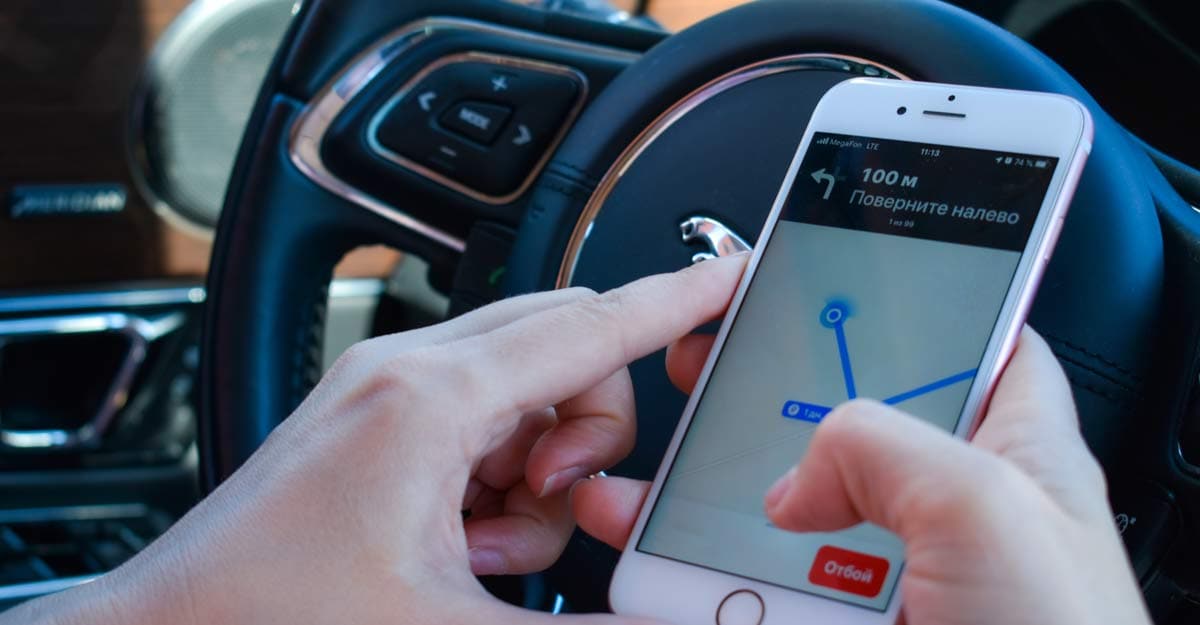Rerouting travel: Where there is GPS, there's a way

Mail This Article
There was a time when the best advice on offer to anyone who undertakes a long-distance travel was to “get an experienced driver who is familiar with the route to go with you.” When people started driving on their own to even distant locations, the advice got slightly tweaked to “getting someone- a friend or kin- who’s an experienced traveller to go with you.” However, all this is in the past now, with GPS-based maps on smartphones usurping the coveted spot of the know-it-all when it comes to travelling.
Some of the earliest long-distance journeys undertaken by human beings were via ships, and they had constant navigation problems. It’s no secret that even the renowned explorer, Christopher Columbus, reached the shores of America owing to a glitch in his navigation system. These early journeys through the seas ignited peoples’ need to explore new directions which extended to air travels and even zooming off to space. But in the modern times, what has become popularly recognized is the land navigation systems that aid in road travels.
Now, even in our country, the GPS is being seen as mandatory. It’s become an important tool that helps in finding the way, finding those that lost the way, finding a vehicle’s route and so on. GPS facility for the bus and train travellers to identify their stops is underway. As a country, we are a little behind the times when it comes to such technology. In developed countries, the navigation systems were set up years ago. One of the reasons could be that there are still a lot of us impromptu guides on the roads unlike in several other countries where it’s not easy to find people to ask for directions. They really do have to rely on the navigation system.
What’s GPS?
To put it simply, GPS or the Global Positioning System is a satellite-based radio-navigation system. Starting with identifying the route of travel, GPS-based maps can aid in varied situations like finding the whereabouts of a vehicle to recovering lost children through features like GPS Tracker and GPS Locator.
A total of 24 satellites on their orbit are positioned strategically focussed on different levels of the earth. They have been set up for the purpose of finding routes and places. Signals from a minimum of four of these satellites are taken into account by the GPS at once in its endeavours.

The satellites and their work are overseen and funded by the United States Airforce. Places are mapped through Global Navigation Satellite System (GNSS). The electronic receivers on our mobile phones and other gadgets make this possible. Apart from the United States’ Navstar Global Positioning System, Russia’s GLONASS, The European Union’s Galileo Positioning System, and China’s BeiDou Navigation Satellite System are the major players in this field.
Google Maps
If we’ve no idea where we are, Google Maps will tell us where we are! Starting with where we are at, where we’re off to, what are the many roads that lead to our destination, how many miles, how much time; all of this can be at your fingertips, thanks to Google Maps. Moreover, it will also tell you the time that each different vehicle will take to get to the destination—bicycle, car, or train. Even if you want to walk, you’ll get the approximate time in a jiffy! And this information comes not only in English language, but any vernacular language as well—Malayalam, in this case.

Google Maps is the most popular GPS-based navigation system used in the world. For more speedy updates, you can ensure a good internet connection on your mobile phone. Photos from the satellite—of the roads, whether there’s a traffic block and so on—will reach you swiftly. On an average, over a million people use Google Maps on any given day. This shows how popular it is. Among smartphone uses, over 80 percent rely on Google Maps as well.
GPS Tracker
GPS Trackers that can be used for vehicles are available in plenty now. The main purpose of this device is to stop vehicles from getting robbed. It also helps in curbing misuse of vehicles; it keeps an eye on where the vehicle is currently, and its general whereabouts. With a GPS Tracker on a bus, one can get to know when and at what time the bus gets to the scheduled stops. Passengers find it easier to keep track of their stops and the time the bus will take to get there. Online cab services also make use of the GPS Tracker. For heavy passenger vehicles and goods vehicles, it has already been made mandatory.
Reverse Gear: You can make good use of the GPS Tracker to find your kid, your dog or even your bunch of keys. But, if you’re taking the road, beware of the trenches and canals near them even if Google Maps shows you the way. Not even Google Maps can keep up with the number of times they (the authorities) shut the roads and re-route the traffic in a day’s time.

